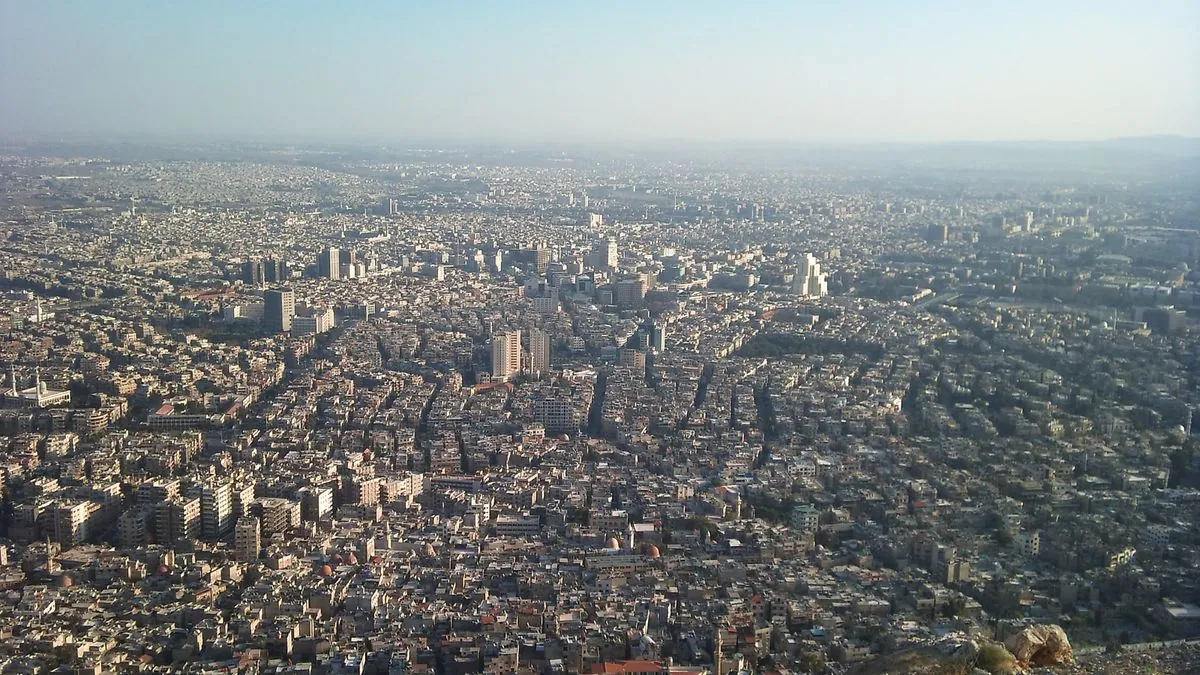The recent take-over by Hayat Tahrir al-Sham in Syria doesnt mean peace is coming; the countrys geography tells a different story. Natural borders (or lack of them) have always been Syriaʼs biggest enemy
The land splits into six distinct parts that dont work together well: a protected oasis near Damascus‚ Aleppos trade-hub in the north; a thin coast-line strip; some rough hills down south; a middle corridor and flat empty spaces going east. Each area has its own mind-set and problems which makes things super-hard to control
The Damascus area sits like a tiny fort between mountains and desert‚ while Aleppo up north has always been a busy trading spot that catches every-ones attention (especially Turkeyʼs). The coast-line where places like Latakia sit has been home to different religious groups for ages; theyʼve made friends with far-away countries like Russia to stay safe
- The Orontes River valley connecting Damascus to Aleppo
- The eastern flat-lands near Iraq
- The rocky south close to Jordan
- The mediterranean coastal region
- The northern gateway zone
- The Damascus oasis area
Through history‚ this mixed-up geography made Syria weak: about 50 years ago Hafez al-Assad took power and tried to keep things together with strict rules. Then came the Arab Spring around 13 years back‚ and everything fell apart again. The fighting mostly happened along the Homs-Hama road – whoever controls this path usually runs the show
Now that HTS thinks its won‚ theyʼll learn what other rulers found out before them: you cant beat geography. The same old problems that made it hard to run Syria are still there; mountains valleys and deserts dont change their minds just because theres a new boss in town
